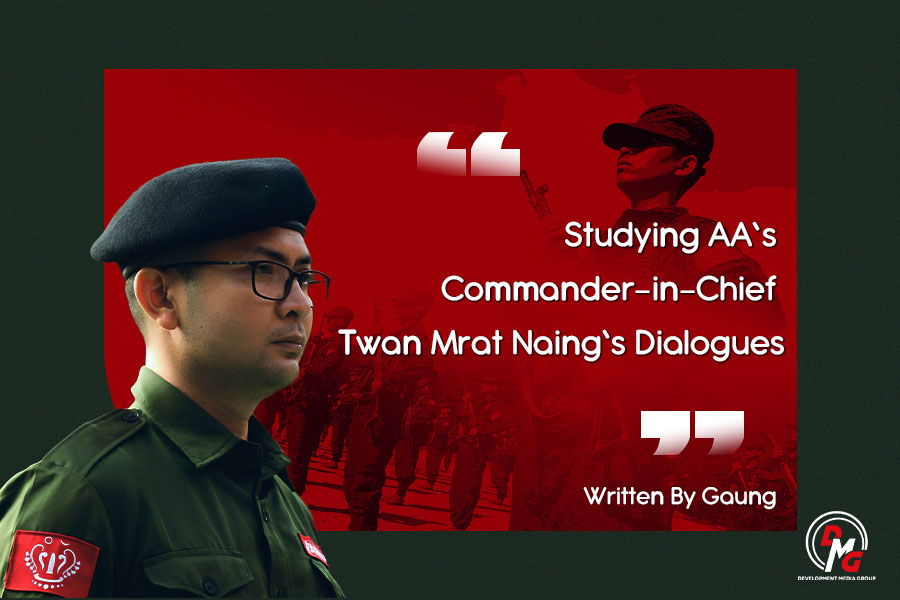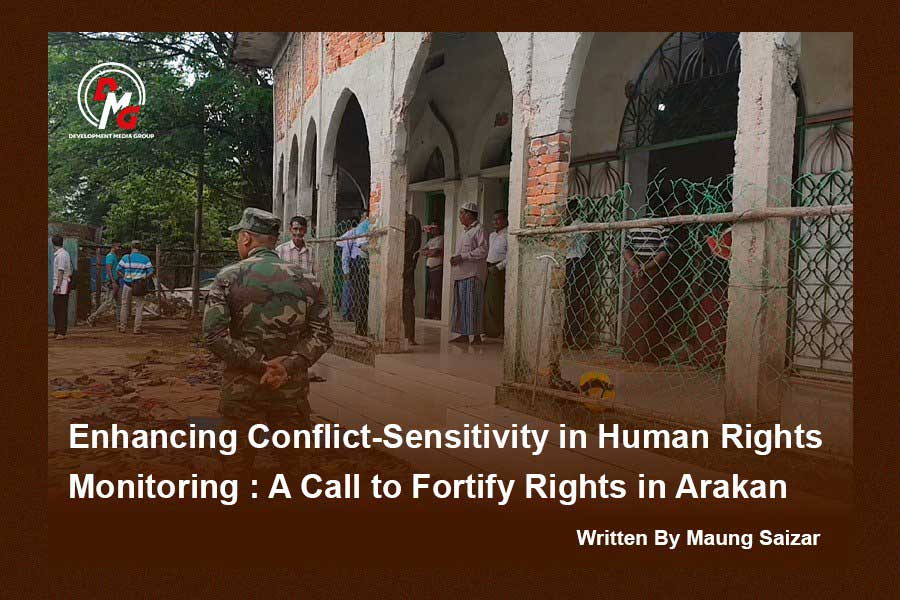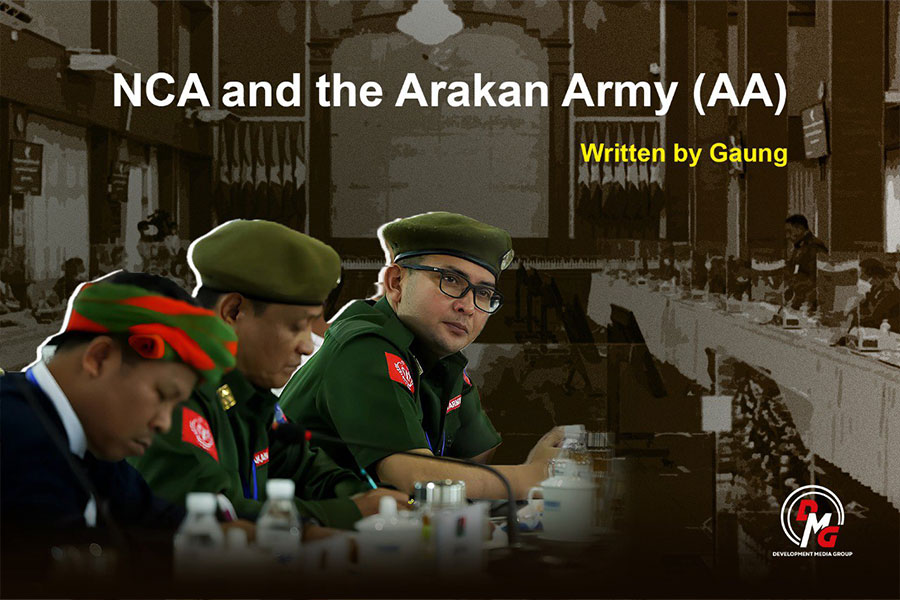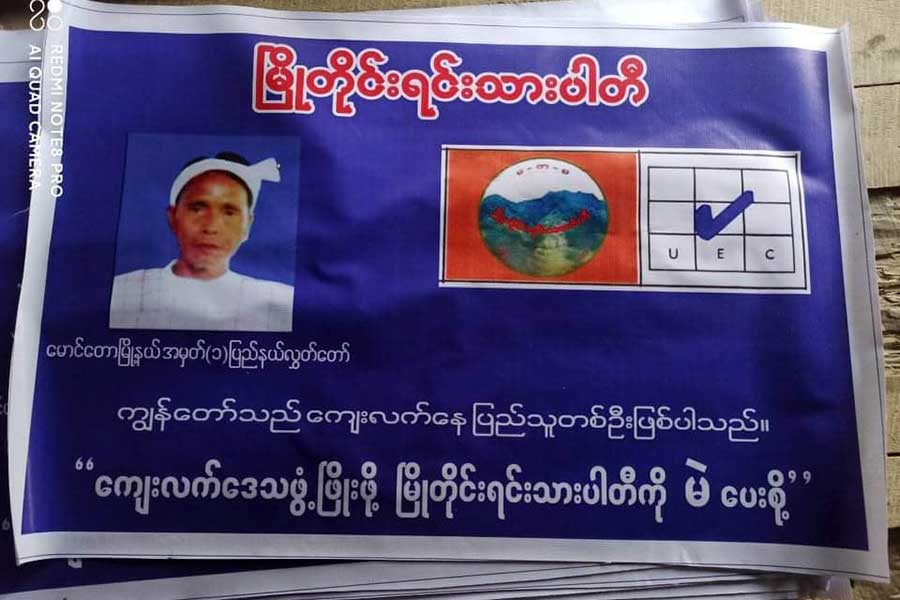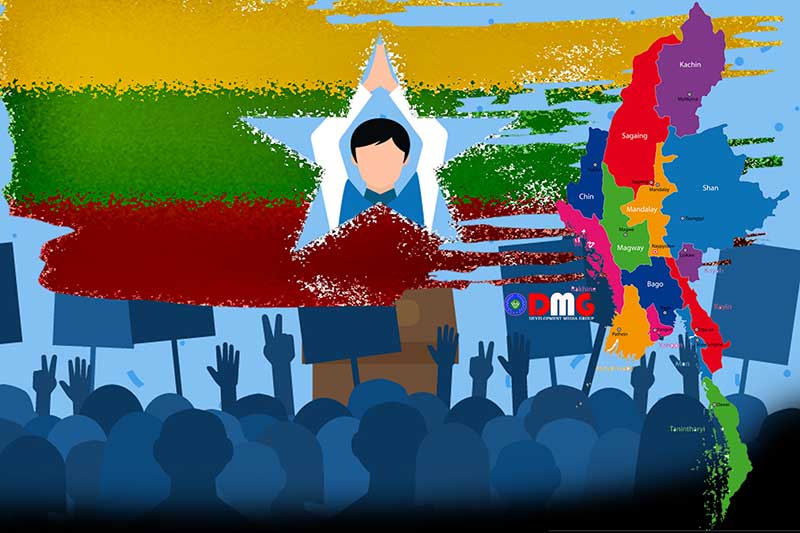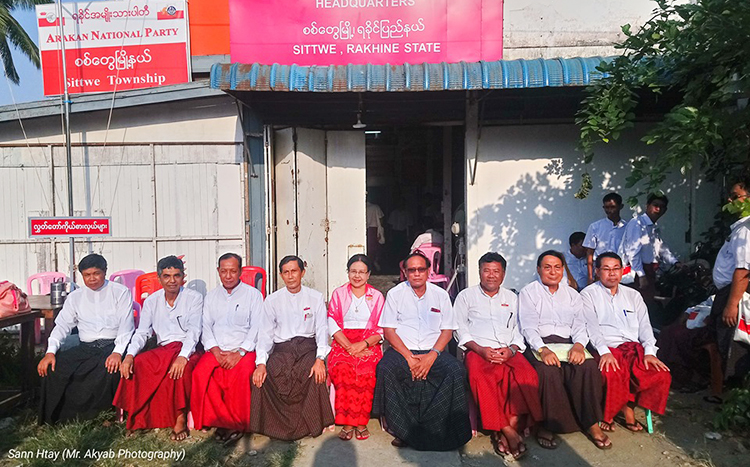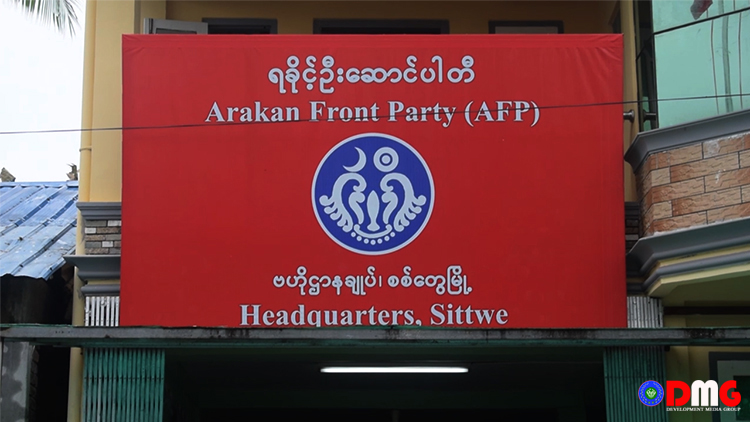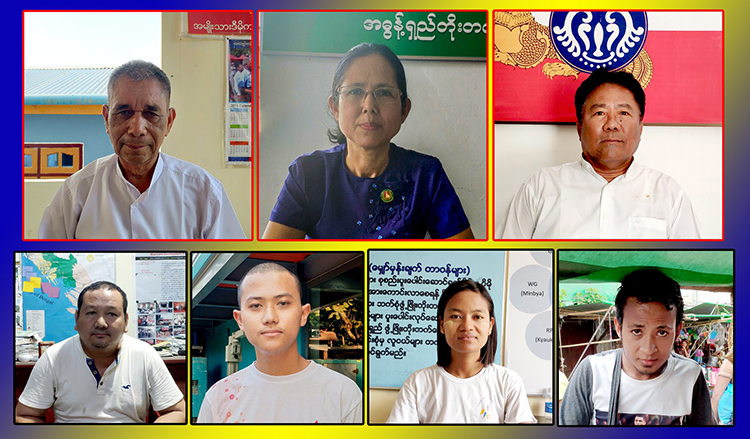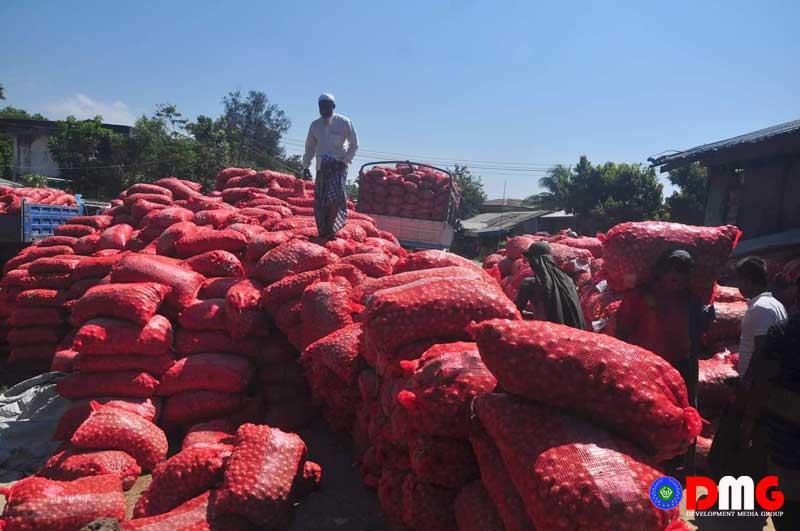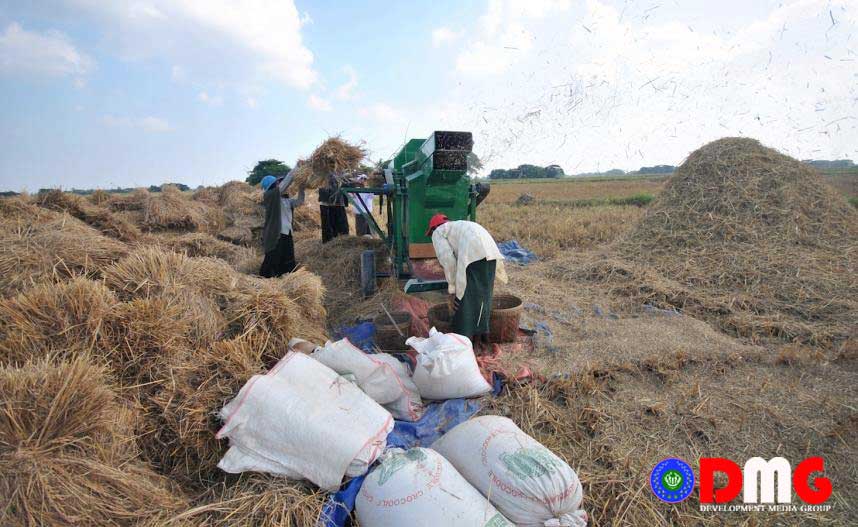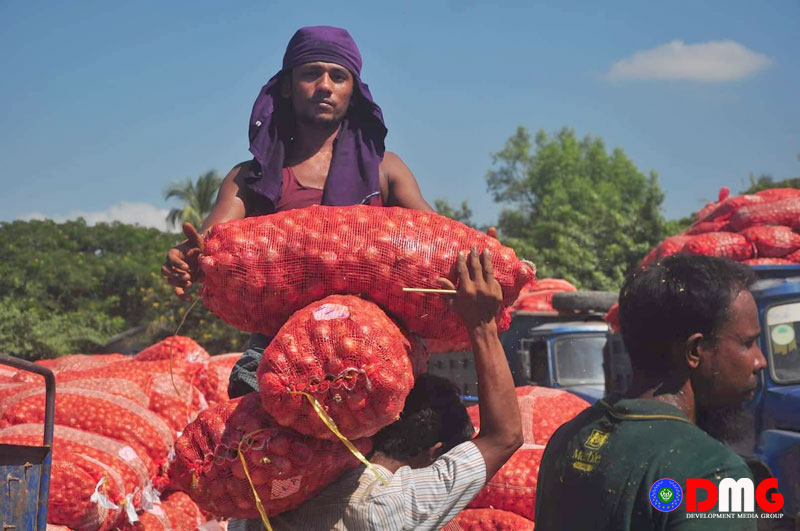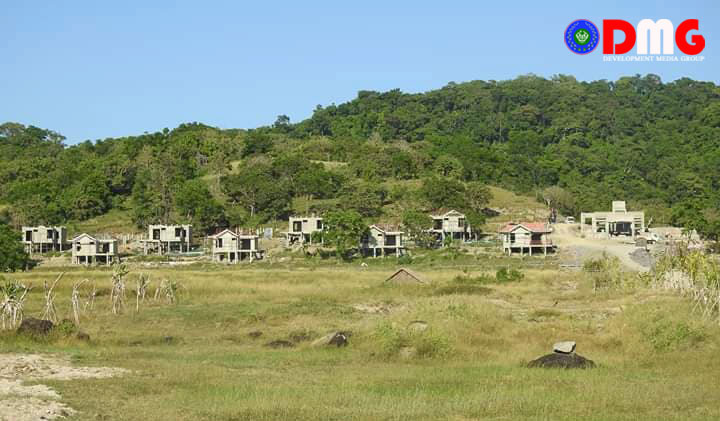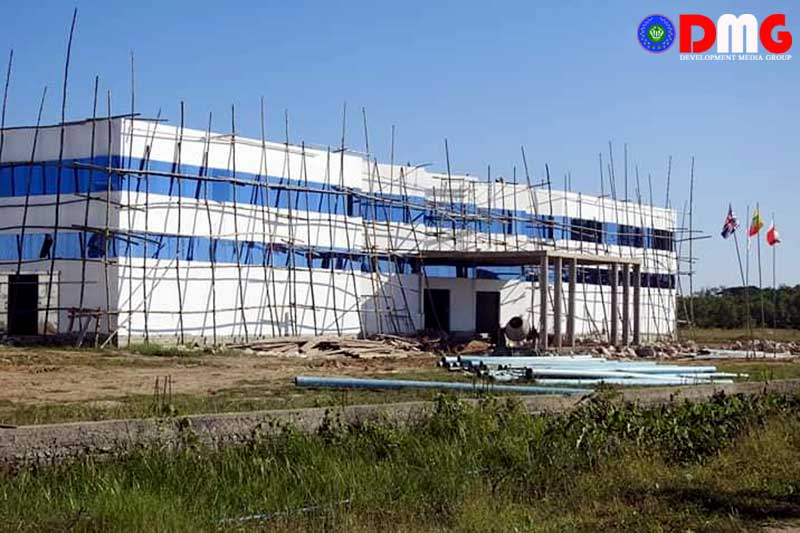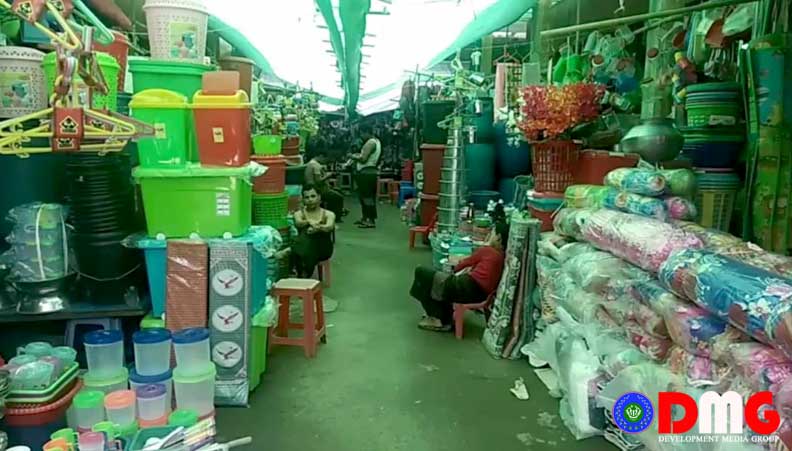- Fighting escalates between Myanmar military, Arakan Army in Ayeyarwady Region
- Regime steps up civilian arrests in Sittwe
- ULA safeguards Mrauk-U's ancient heritage
- Arakan on the Edge: What the DMG Landmine Impact Report Reveals About Myanmar's Deepening Humanitarian Crisis
- RNP chair U Ba Shein pledges renovation of Manaung Airport, solar plant
Interview: On drone warfare and military trends in Myanmar
DMG interviewed an expert from Tactical Raptor, a military equipment watchdog, about the role of drones in the regime's battlefield strategy, as well as the challenges that the revolutionary forces will face.
15 Aug 2025
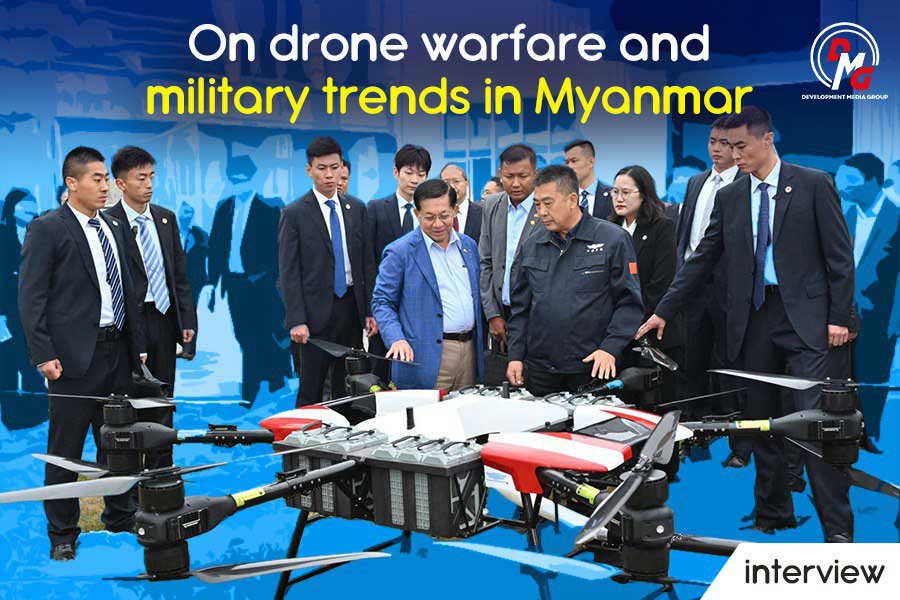
DMG Newsroom
15 August 2025, Sittwe
Myanmar's military regime is recruiting new soldiers and using drone technology to retake control of areas lost to resistance forces across the country.
The military regime, which suffered drone strikes in the Three Brotherhood Alliance's "Operation 1027," is ramping up its drone operations, posing a military challenge for the anti-junta movement.
DMG interviewed an expert from Tactical Raptor, a military equipment watchdog, about the role of drones in the regime's battlefield strategy, as well as the challenges that the revolutionary forces will face.
DMG: The military regime has reportedly been accelerating its use of drone technology. Sources on the ground have also said that the regime is now very careful with drones in its counter-offensives. Looking at these situations, what can we say about the extent to which the regime's drone programme has advanced?
Tactical Raptor: The military regime's drone technology is not considered to be advanced, but it has the financial power and support from countries like China and Russia to buy a large number of drones and make up for its losses. The military regime's drone capabilities seem to have improved due to the availability of drones that can be purchased from abroad, but the long-range lethal drones that the military regime itself designs and builds are still poorly designed and equipped.
Additionally, the capabilities of the military regime's drone forces vary from place to place. While the military regime regularly uses drones in Kachin and northern Shan states, and propaganda videos are often seen, drone use is rarely seen in places like Chin State.
DMG: The revolutionary forces and ethnic armed groups are using drones to attack the military regime. I would like to know the differences in the types of drones used by the military regime and the revolutionary forces, as well as the advantages and disadvantages of each.
Tactical Raptor: Rather than the difference in drone types between the resistance forces and the military regime, the military regime's greater use of electronic warfare and jammers seems to be the main advantage. While the revolutionary forces can still purchase civilian drones through various means, it is difficult to purchase jammers that can be classified as military defence grade. Therefore, anti-regime forces are constantly trying to overcome the military regime's jammers, but the military regime does not have such difficulty.
DMG: How can the revolutionary forces respond to the military regime's growing strength and effectiveness with drones?
Tactical Raptor: Surveillance drones are more dangerous than the regime's drone strikes. Surveillance drones can monitor all movements on the battlefield and can guide artillery, aircraft, and drone strikes to their targets. Aerial or artillery support cannot be launched without intelligence.
The rebel forces need technology, funding, and jammers to respond to the regime's drones. They need to be trained and educated to defend their positions against drones. They need to be able to test the methods of using drones to shoot down enemy drones, which has been successful on the Ukrainian battlefield.
DMG: Why do you think the military regime's drone force has become so powerful? Do you know where the military regime is getting support from?
Tactical Raptor: China has the largest market share in the production of civilian drones and related equipment. The Myanmar regime has good relations with China, and Min Aung Hlaing has traveled to China to purchase drones. Therefore, there must be a large amount of Chinese support behind the military regime's use of drones.
The Myanmar military also purchased military drones from Israel, Russia, and China before it took power. It is believed that Russia is also providing the Myanmar regime with some experience and technology gained from the Ukraine war.
DMG: Which parts of the military regime's drone strikes are most damaging to the revolutionary forces?
Tactical Raptor: The increasing use of drones makes it more difficult for the revolutionary forces to engage in conventional warfare in battles for control of towns, rather than in ambushes and guerrilla warfare, against a military regime that is increasingly powerful. Attacking cities defensively is more likely to expose the military to drones, which makes it more vulnerable to the revolutionary forces.
DMG: What would you like to say to the revolutionary forces about drone strikes?
Tactical Raptor: In addition to drone use, the revolutionary groups need more support in terms of drone defence. They need to connect with each other and have a centralised leadership model.





